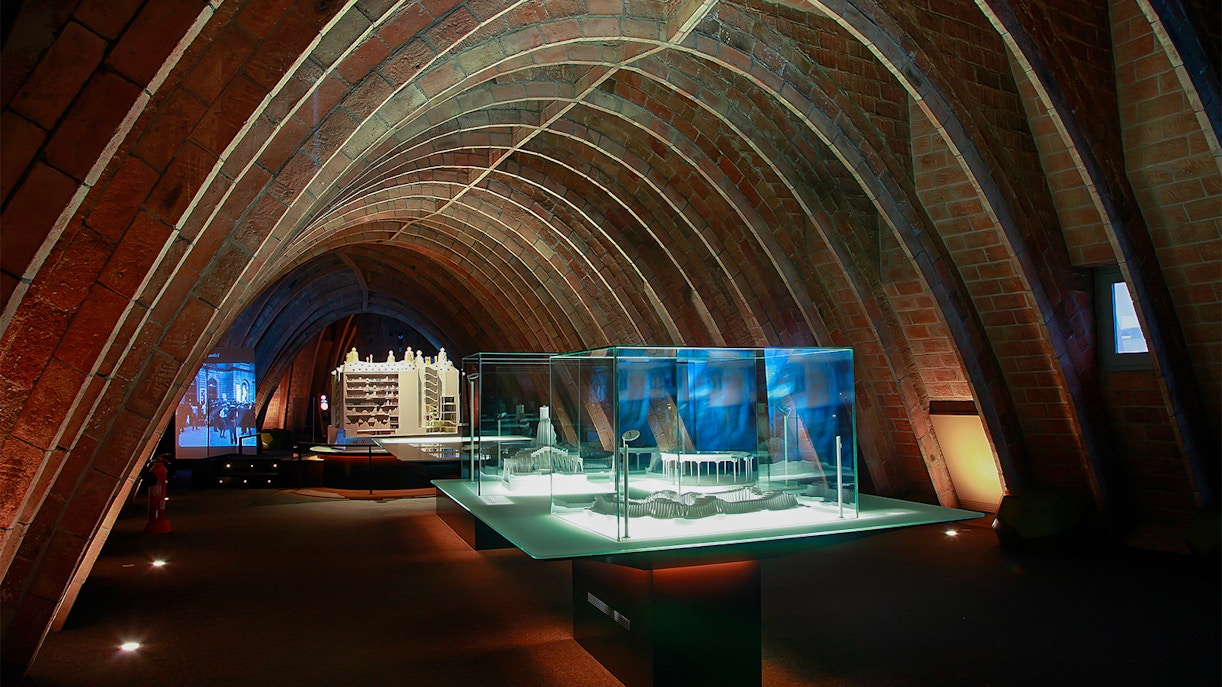Casa Mila Timeline
June 1905 - The newly-married Rosario Segimón i Artells and Pere Milà i Camps bought a piece of land and commissioned architect Antoni Gaudi to construct the building.
February 1906 - Construction began in 1906, with Gaudi certifying the construction of the main floor was completed in 1911.
October 1912 - Gaudi declares the building was ready to move in.
1929 - Mosella Tailor’s shop became the first retail establishment to open on Casa Mila grounds.
1936 - United Socialist Party of Catalonia (PSUC) seized Casa Milla, with Minister Joan Comorera occupying the main floor as his private home.
1953 - Immobiliària Provença, a real estate company that bought the building, commissioned Francisco Juan Barba Corsini to convert Casa Mila’s attic into 13 flats and the first floor into four small apartments.
August 1969 - Casa Mila was registered as a Historical and Artistic Monument of National Interest.
November 1984 - UNESCO listed Casa Mila as a World Heritage Site.
June 1996 - Casa Mila was restored and handed over to Barcelona.
Interesting Facts About Casa Mila


















